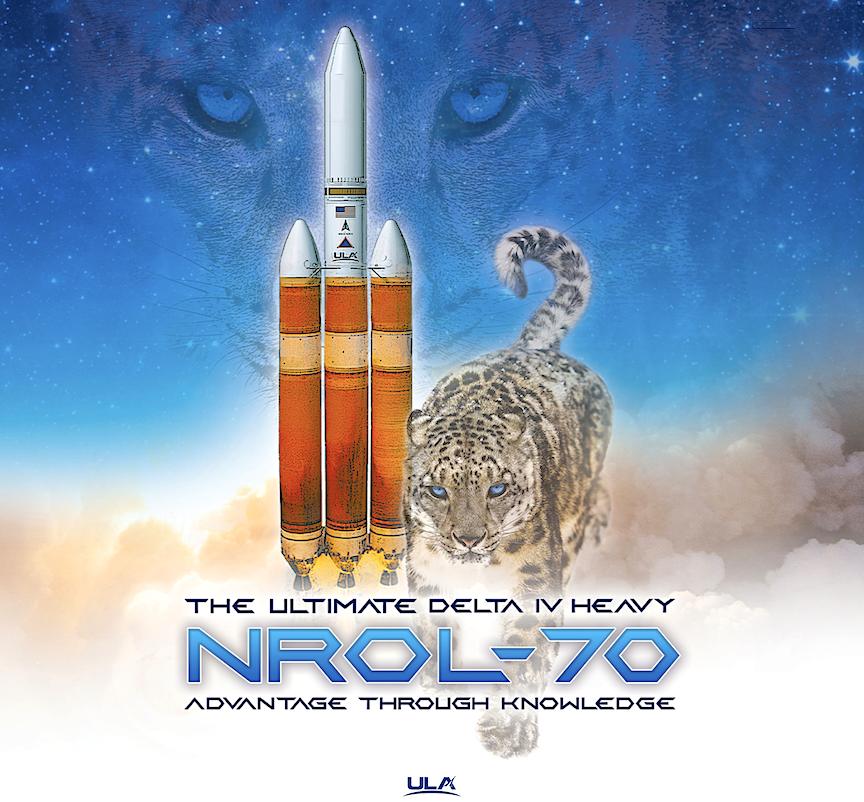
Everything continues to progress towards the ULA Delta IV Heavy launch carrying the NROL-70 mission for the National Reconnaissance Office. The mission is planned to lift off on Thursday, March 28 from Space Launch Complex-37 at Cape Canaveral Space Force Station in Florida. The launch is planned for 1:40 p.m. EDT. Today’s forecast shows a 30 percent chance of favorable weather conditions for launch.
Mission Overview
A United Launch Alliance (ULA) Delta IV Heavy rocket is launching the NROL-70 mission for the National Reconnaissance Office (NRO). Liftoff will occur from Space Launch Complex-37 at Cape Canaveral Space Force Station, Florida. This is the 16th and final launch of a Delta IV Heavy rocket.
The NRO develops and operates the world’s most capable and innovative overhead reconnaissance systems to collect intelligence for U.S. national security, and to support disaster relief and humanitarian efforts.
The NROL-70 mission will strengthen the NRO’s ability to provide a wide-range of timely intelligence information to national decision makers, warfighters, and intelligence analysts to protect the nation’s vital interests and support humanitarian efforts worldwide.
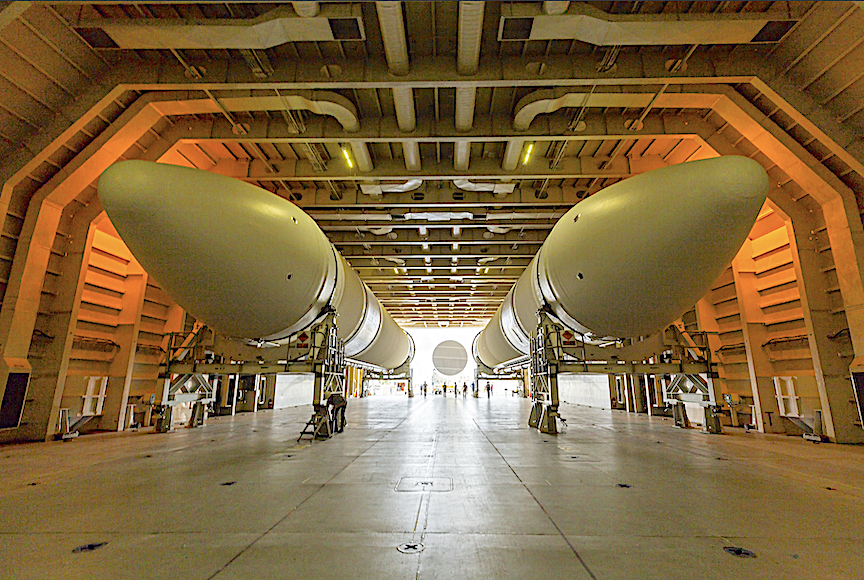
Stages of the United Launch Alliance (ULA) Delta IV Heavy rocket for NROL-70 are delivered by the R/S RocketShip from the factory to Cape Canaveral, Florida, and taken to the Horizontal Integration Facility (HIF) for pre-launch processing. Photo credit: United Launch Alliance
Launch Forecast Summary:
Overall probability of violating weather constraints: 70%
Primary concerns: Cumulus Cloud Rule, Disturbed Weather Rule, Ground Winds
Overall probability of violating weather constraints for 24-hour delay: 40%
Primary concern: Ground Winds
Launch Vehicle
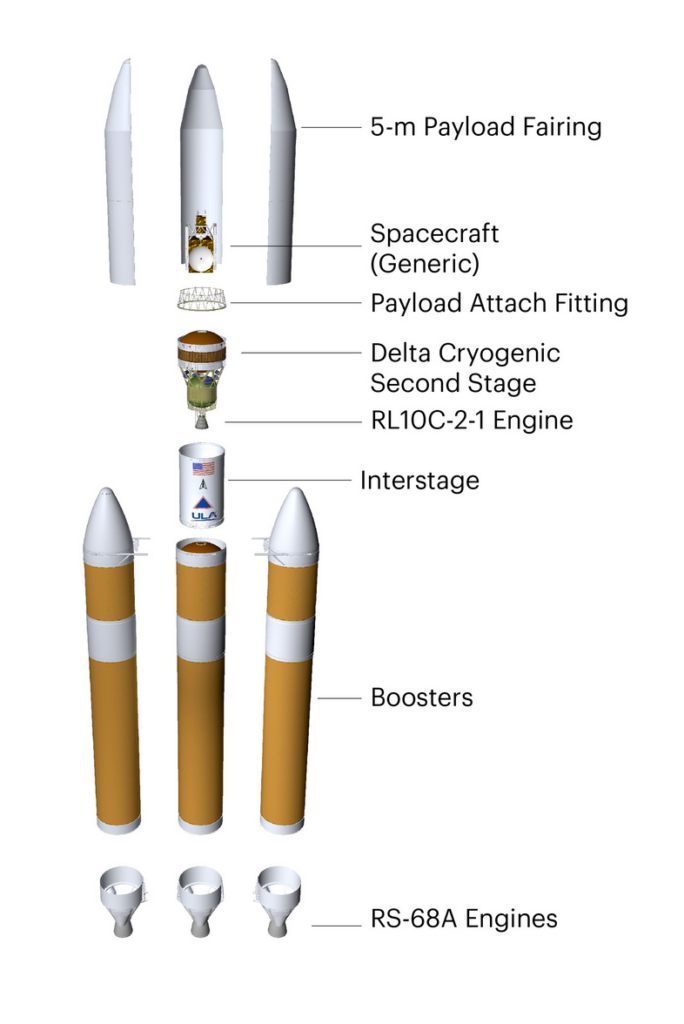
Payload Fairing
The payload fairing (PLF) is a metallic trisector (three-piece shell), 5-meter diameter fairing. The PLF encapsulates the spacecraft to protect it from the launch environment on ascent. The vehicle’s height, with the 65-ft (19.8-m) long PLF, is approximately 235 ft (71.6 m).
Delta Cryogenic Second Stage (DCSS)
The Delta Cryogenic Second Stage is a cryogenic liquid hydrogen/liquid oxygen-fueled vehicle, powered by a single RL10C-2-1 engine that produces 24,750 lbs (110.1 kilo-Newtons) of thrust. The DCSS propellant tanks are structurally rigid and constructed of formed aluminum plate, spun-formed aluminum domes and aluminum ring forgings. The tanks are insulated with a spray-on insulation and helium-purged insulation blankets. An equipment shelf attached to the aft dome of the DCSS liquid oxygen tank provides the structural mountings for vehicle electronics.
Booster
The three Delta IV Heavy common booster core (CBC) tanks are structurally rigid and constructed of isogrid aluminum barrels, spun-formed aluminum domes and machined aluminum tank skirts. Delta IV booster propulsion is provided by the throttleable RS-68A engine system which burns cryogenic liquid hydrogen and liquid oxygen, with each of the three booster engines delivering 705,250 lbs (312.3 kilo-Newtons) of thrust at sea level. The booster’s cryogenic tanks are insulated with a combination of spray-on and bond-on insulation and helium-purged insulation blankets. The booster is controlled by the DCSS avionics system, which provides guidance, flight control.
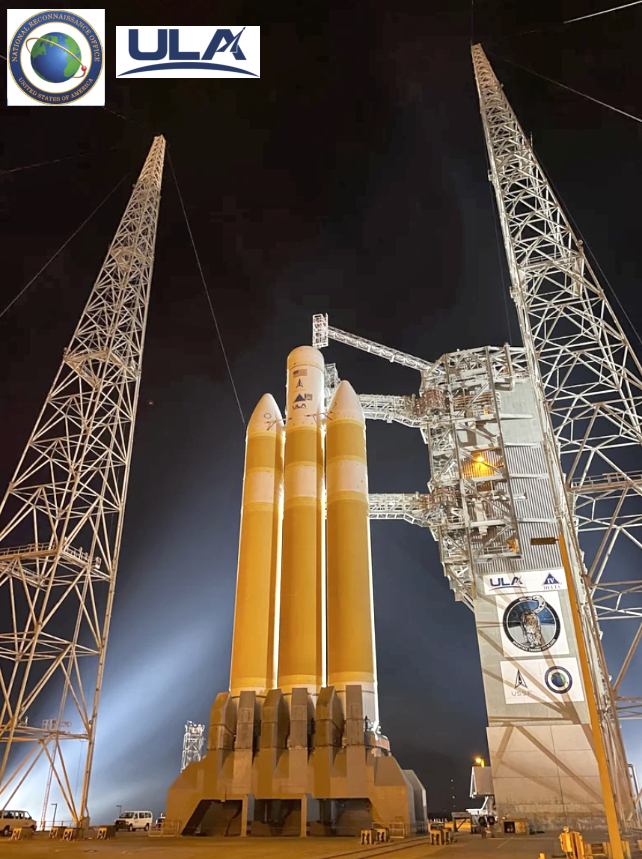
United Launch Alliance
The U.S. Space Force’s Space Systems Command (SSC), the National Reconnaissance Office (NRO), and United Launch Alliance (ULA) are preparing to launch the NROL-70 mission aboard the final Delta IV Heavy rocket no earlier than March 28th from Space Launch Complex (SLC)-37B at Cape Canaveral Space Force Station (CCSFS), Florida.
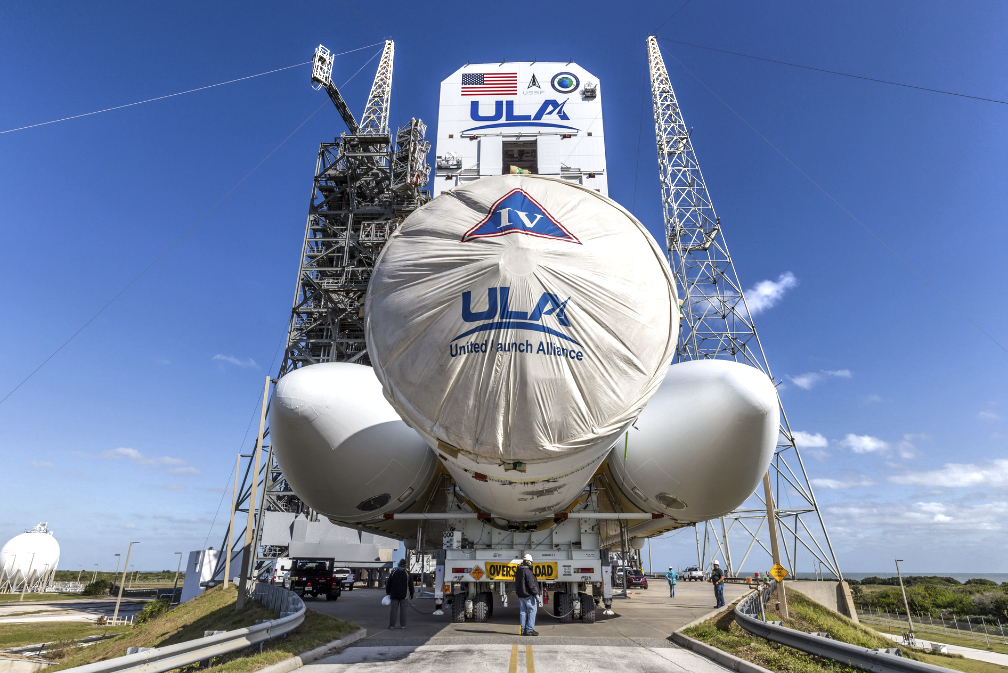
The Delta family of launch vehicles have launched numerous payloads including military, government, and commercial weather, communications, and science satellites, robotic probes for exploration, eight Mars rovers, and one telescope, all of which have significantly contributed to our national defense, and a better understanding of our planet, solar system, and universe.
With this final launch of a Delta IV Heavy, the U.S. Space Force is ending a long and successful era of Delta family of space launch vehicles as the combined ULA, NRO, and Space Force team transitions to the more flexible and efficient ULA Vulcan rocket. NROL-70 will be the first of two final USSF missions for the NSSL Atlas V and Delta IV team.
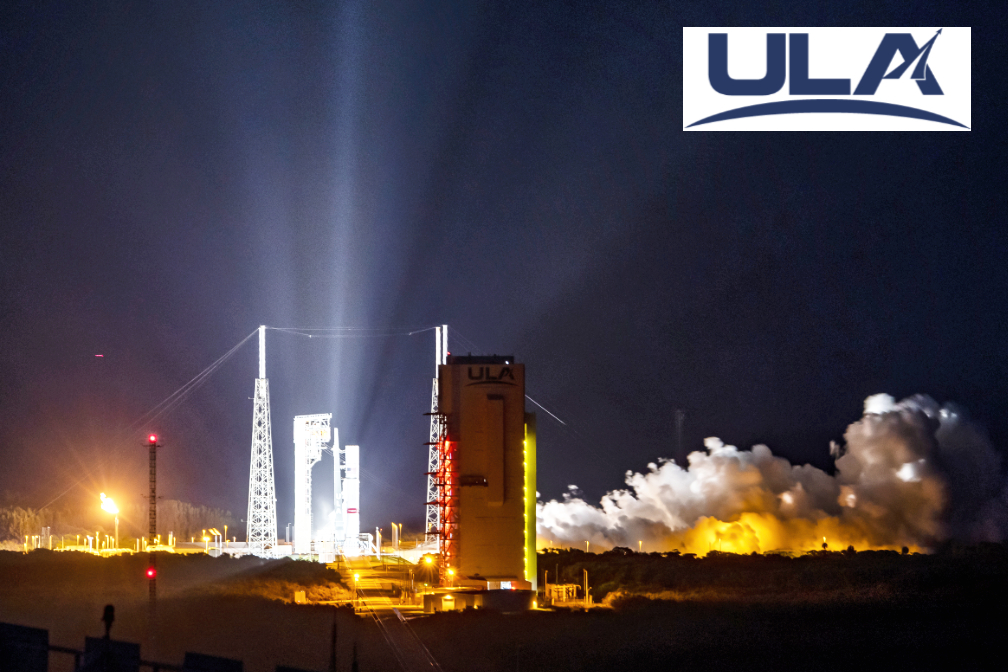
Assured Access to Space (AATS) is the program executive office within Space Systems Command that is responsible for delivering next-generation launch and on-orbit capabilities in support of the warfighter, combatant commands, intelligence agencies, civil services, allied nations, and the commercial space industry. AATS is also responsible for range sustainment programs supporting launch and test customers. Innovation focus areas include sub-orbital rapid strategic mobility, on-orbit servicing and maneuvering, mission lifecycle management and tactically responsive launch.
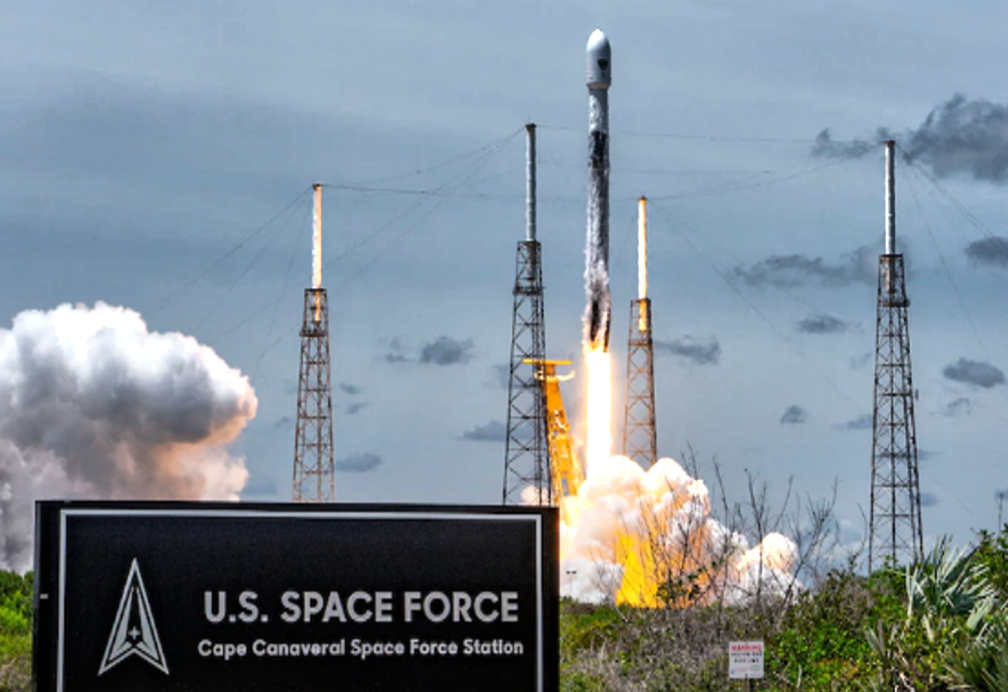
In addition to working closely with industry to develop the next generation of space access capabilities and key technologies, AATS is leading the way to develop, maintain, integrate, and implement space mobility plans, policy, requirements, and capabilities to rapidly launch, sustain and reconstitute U.S. Space Force space assets. AATS manages 10,000+ personnel across two services, nine operating locations, two space and launch ranges and three tracking sites, supporting 100+ mission partner organizations.
“Everything’s looking great and we’re on track to launch another vitally important national security capability into space. We’ve worked alongside ULA and in close coordination with our NRO partners to prepare this Delta IV Heavy, our last Delta ever, and in just a few days the team’s hard work will culminate in this highly anticipated and historic launch,” said Col. Jim Horne, senior materiel leader for SSC’s Launch Execution Delta. “These launches place critical capabilities into orbit for our nation and our allies in what are dynamic times for the space community. Every member of our launch team understands what’s at stake and works with care and efficiency to prepare for what’s going to be a tremendous launch.”
“I am very proud of the team’s dedication to our Delta and Atlas missions,” said Lt. Col. Alexander Jehle, SSC’s Atlas V/Delta IV Materiel Leader. “We are laser focused on ensuring a successful launch of the last Delta and last Atlas launches for National Security this year.”
Space Systems Command is the U.S. Space Force’s field command responsible for acquiring, developing, and delivering resilient capabilities to protect our nation’s strategic advantage in, from, and to space. SSC manages a $15.6 billion space acquisition budget for the Department of Defense and works in partnership with joint forces, industry, government agencies, academic and allied organizations to outpace emerging threats. Our actions today are making the world a better space for tomorrow.
The launch may be watched at this link
